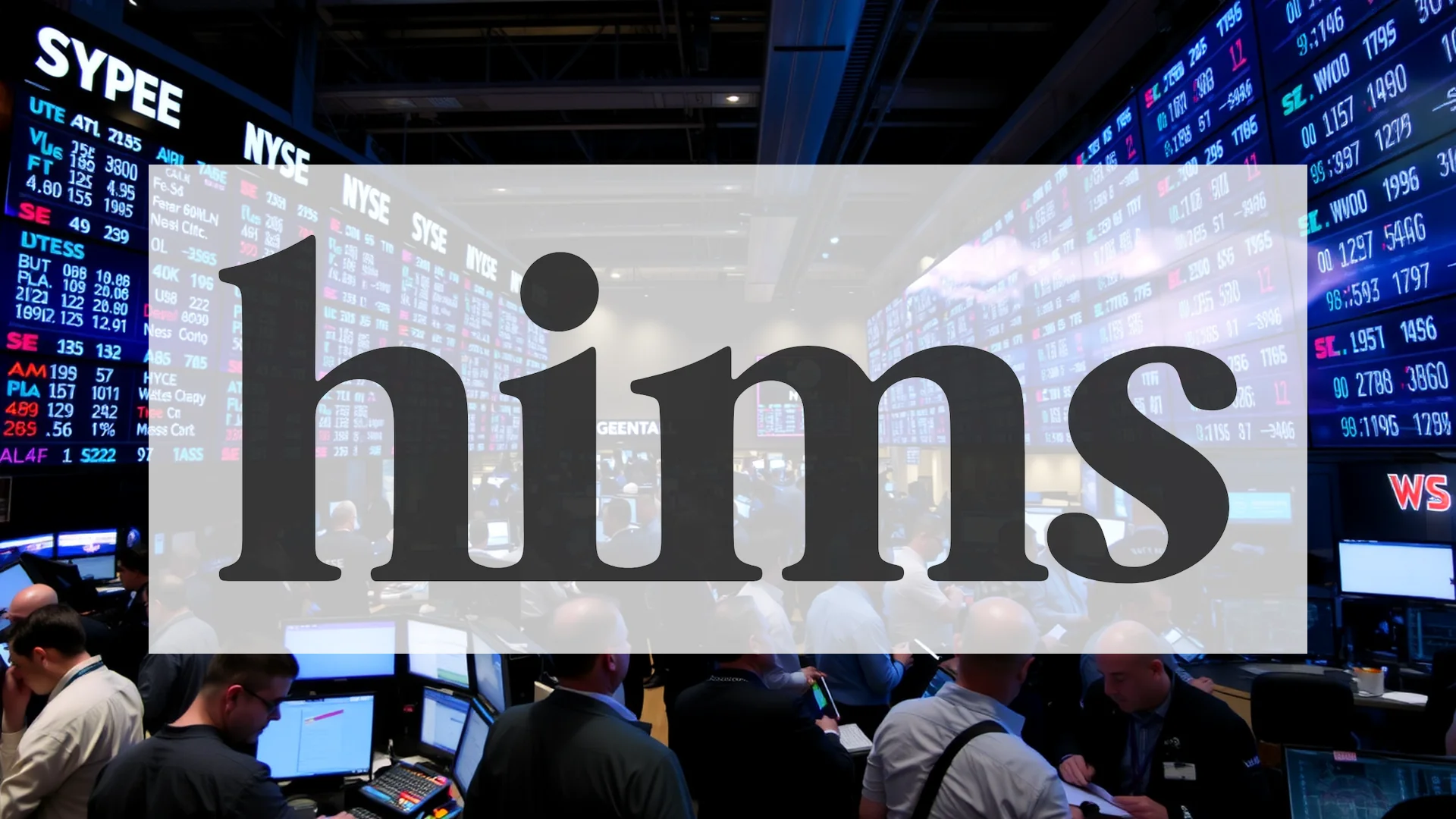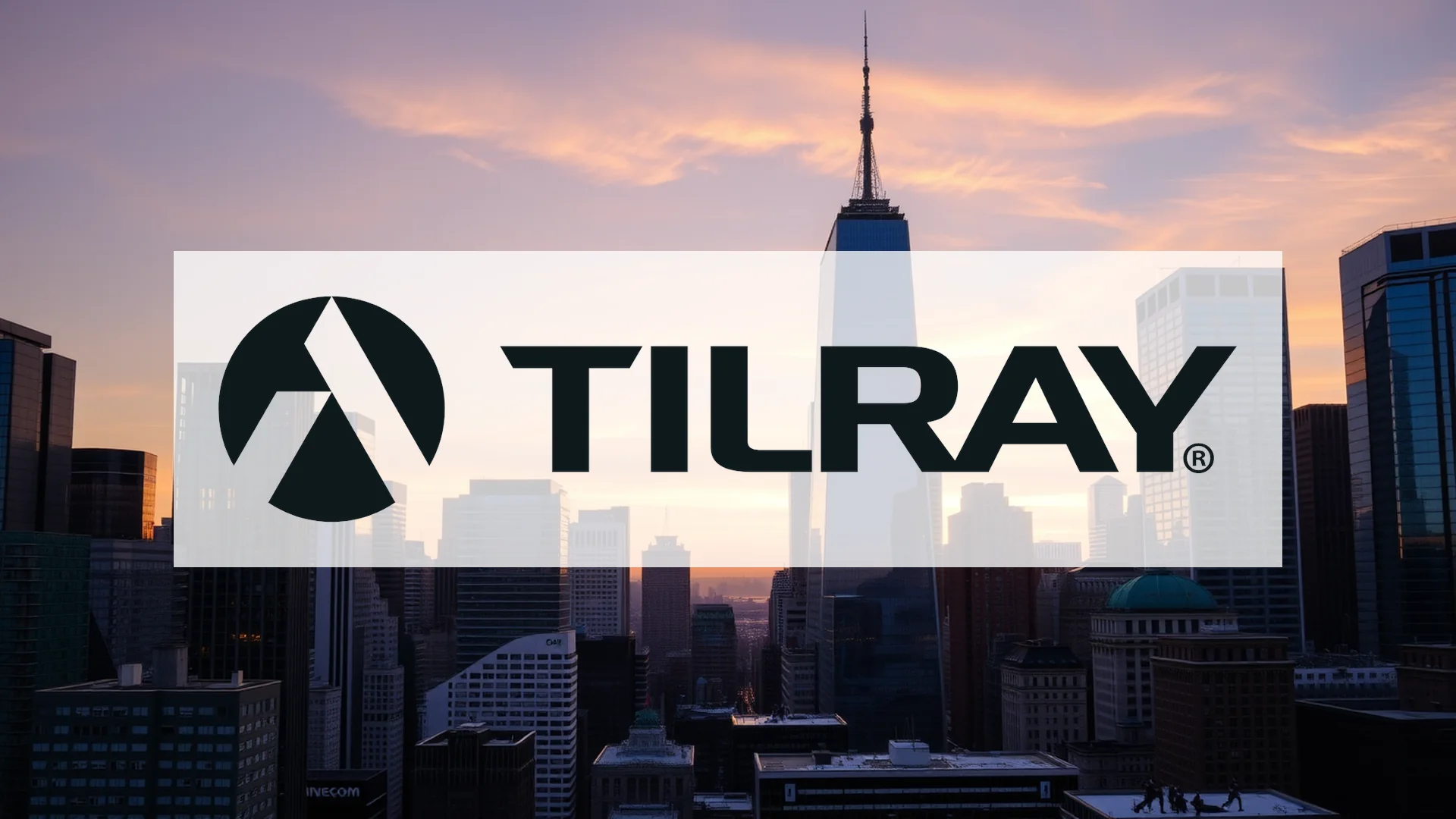Australian counter-drone technology firm DroneShield witnessed its most severe single-day decline since July 2024 on Wednesday, with its equity temporarily shedding 31 percent of its value. This dramatic sell-off was triggered by regulatory filings revealing that Chief Executive Oleg Vornik disposed of shares worth approximately $32.4 million.
Leadership Liquidates Substantial Holdings
Documents submitted to the Australian Securities Exchange (ASX) detailed that between November 6 and 12, Vornik offloaded 14.8 million shares, realizing roughly A$49.5 million. For market participants, such significant disposals by key executives often signal diminishing confidence, creating apprehension among shareholders.
Compounding the negative sentiment, Director Peter James divested 3.7 million shares valued at over A$12.3 million on the same day. Although James retains 250,000 performance options, the collective selling pressure from senior management fueled substantial market unease.
Contract Announcement Confusion Adds to Uncertainty
The timing of these transactions proved particularly unfortunate, occurring just two days after the company issued then retracted an announcement concerning a $7.6 million U.S. government contract on November 10. Company officials clarified that the original wording might have inadvertently suggested entirely new contracts rather than existing agreements. This attempted clarification backfired, generating additional market confusion amid the executive share sales.
The convergence of substantial insider disposals and communication missteps created a perfect storm of negative sentiment, driving the share price sharply downward throughout Wednesday’s trading session.
Should investors sell immediately? Or is it worth buying DroneShield?
Operational Success Contrasts With Market Reaction
The market reaction appears paradoxical when contrasted with DroneShield’s robust operational performance. The company reported record quarterly revenue of $93 million for the third quarter in October, representing an elevenfold increase compared to the previous year. This explosive growth stems from fulfilling several major international contracts.
Recent achievements include securing a $25.3 million agreement with a Latin American government client and repeated contract awards from U.S. government agencies. CEO Vornik had recently highlighted a substantial sales pipeline featuring individual projects exceeding $100 million each. To meet escalating global demand for counter-drone technology, the company plans to expand its annual production capacity from $500 million to $2.4 billion by the end of 2026.
Path Forward for Investors
DroneShield now faces the challenge of restoring investor confidence. The central question remains why leadership chose to liquidate substantial holdings precisely when business prospects appear strongest. A compelling explanation from management could help stabilize the situation.
Near-term, the stock remains vulnerable to continued volatility as the market digests these developments. Long-term performance will ultimately depend on whether the company’s strong operational execution and promising contract pipeline can overcome the doubts sown by this episode of concentrated insider selling.
Ad
DroneShield Stock: Buy or Sell?! New DroneShield Analysis from November 13 delivers the answer:
The latest DroneShield figures speak for themselves: Urgent action needed for DroneShield investors. Is it worth buying or should you sell? Find out what to do now in the current free analysis from November 13.
DroneShield: Buy or sell? Read more here...









